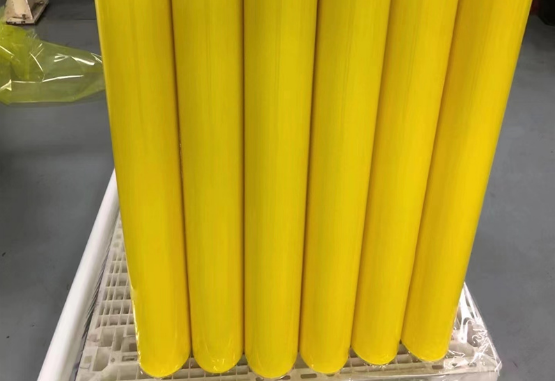What Are the Characteristics of PET Protective Film?
In the realm of electronic devices, particularly with delicate screens such as those found on smartphones, tablets, and monitors, protective films play a crucial role in safeguarding against scratches, dust, and other potential damage. Among the various materials used for protective films, PET (Polyethylene terephthalate) stands out as a popular choice due to its desirable characteristics. Understanding these traits is essential for selecting the most suitable protective film for electronic devices.
Transmittance: A Measure of Clarity
One of the primary characteristics of PET protective film is its transmittance, which refers to the amount of light that can pass through the material. While this attribute may not be immediately apparent to the naked eye, it holds significant importance, particularly for maintaining the visual clarity of screens. Professionals often employ optical instruments to precisely measure transmittance. However, a practical method involves observing the brightness of a blank screen with and without the protective film.
An effective way to gauge transmittance is by placing small pieces of various protective films on a computer desktop and comparing the brightness of a blank document. The film that allows the most light to pass through, resulting in the brightest display, is indicative of higher transmittance and thus, better protection for the screen.
Static Electricity: Minimizing Potential Damage
Liquid crystal displays (LCDs) are susceptible to damage from static electricity, making it crucial to choose a protective film with minimal static charge. A simple test involves creating static electricity by smoking a cigarette or generating small paper scraps on a desktop. After removing the protective film layers, observe whether the silicone layer attracts the debris.
If the debris adheres strongly to the silicone layer, it indicates higher static electricity generation, which can potentially harm the electronic device. Conversely, a protective film with minimal debris attraction signifies lower static electricity, offering better protection against potential damage.
Haze: Clarity in All Conditions
Haze refers to the level of cloudiness or fog that may be observed when viewing a screen, particularly when it is turned off. This characteristic becomes apparent when comparing different protective films. The presence of haze can significantly diminish the visual clarity of a screen, particularly in darker environments.
To assess haze, professionals often utilize black test boards or fluorescent lamps in dimly lit rooms. By observing the film against the light source, any mist-like appearance indicates the presence of haze. The more uniform the distribution of haze, the poorer the quality of the protective film, as it can adversely affect both transmittance and visual clarity.
Conclusion
PET protective films offer an array of benefits for electronic devices, including high transmittance, minimal static electricity, and reduced haze. These characteristics are instrumental in preserving the visual clarity and functionality of screens while safeguarding against potential damage.
When selecting a PET film, it is essential to prioritize attributes such as transmittance, static electricity resistance, and haze reduction. By employing practical testing methods and paying close attention to these characteristics, consumers can ensure the optimal protection for their electronic devices.
For reliable PET protective film solutions, interested parties are encouraged to contact reputable suppliers who can provide guidance and assistance in selecting the most suitable products for their specific needs.




Comments